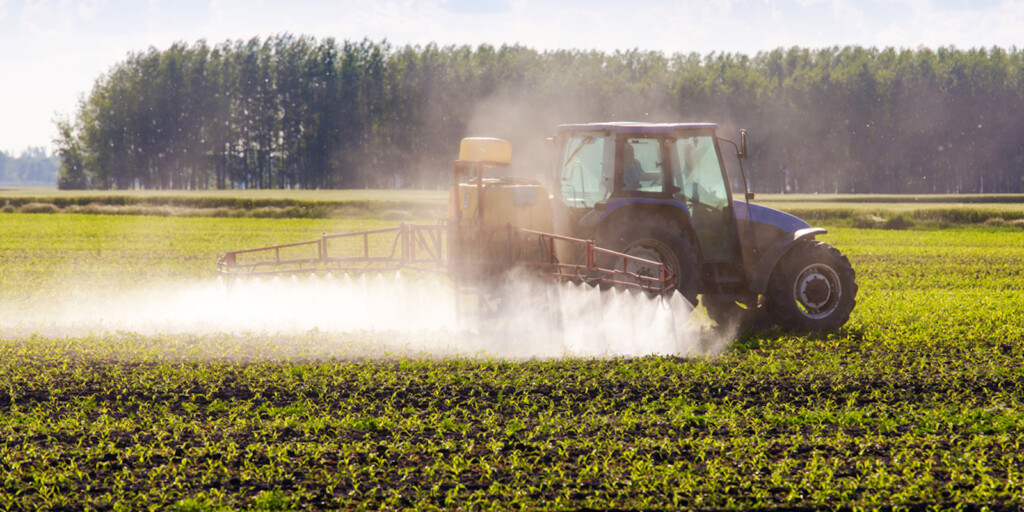Infertility Rates on the Rise
Infertility rates have nearly doubled over the past ten years, yet this statistic has received scant media attention. Chronic diseases such as juvenile asthma, juvenile diabetes, Type-2 diabetes and heart and lung diseases have increased ten-fold in the past 50 years. But oddly, few are asking why.
The Role of the CDC and Socio-Economic Factors
The Center for Disease Control and Prevention (CDC) has an $11.5 billion dollar budget, and their job is to ask what can be done to prevent diseases and to make Americans more healthy. They employ more than 11,000 people, yet there are no longitudinal studies being conducted to ask why Americans are getting sicker than ever.
Today, 60% of Americans suffer from at least one chronic disease, and 40% suffer from two or more chronic diseases. Why not study and understand what is causing this? While the CDC might not be asking why, they are putting a lot of effort into asking who and where?
The CDC reports that the number one chronic disease factor is socio-economic status. They can now predict chronic diseases and their prevalence by Zip Code. The poor suffer more from chronic diseases far more than the wealthy. The CDC reports that excessive drinking, smoking, overeating and unhealthy behaviors are still a major factor in the health of citizens, but socio-economic status is the greatest predictor.
Ignored Factors: Diet and Processed Foods
Strangely enough, the CDC does not examine the eating habits of those who suffer from chronic disease the most — habits such as whether or not eating more processed foods is a major contributing factor in overall health, or whether eating GMO foods has made a significant difference in the wellness of individuals.

The Amish and Mennonite Example
It turns out that there is a control group that the CDC ignores in all of their studies. There are some Americans who are bucking the trend. They are poor people who are extremely healthy. Their socio-economic status is very low, but they suffer from far fewer chronic diseases than average Americans. How and why?
They are the Mennonites and the Amish. Both groups eat little to no processed foods; both groups eat almost entirely foods they grow on their farms, using heirloom seeds and non-GMO products; and these people are far healthier than Americans who earn very little income.
Physical Activity and Health Outcomes
Amish people remain physically active into old age, and they eat very well. Amish men take an average of 18,500 steps per day, making them six times more active than average Americans. 4% of Amish are obese compared to 36% of Americans overall, and they have 40% lower rates of cancer. Is this verifiable?
Recently, a few people pointed out that Amish children don’t suffer from chronic diseases like most American children. The Amish didn’t take the Covid vaccine, but are their children healthier because they don’t eat processed foods? The story and idea went viral. Then the AP was sent to the rescue to point out that the observations were “baseless” because there were no studies proving that the Amish are healthier.
Missing Studies and Unasked Questions
But what the AP fails to ask is why are there no studies? Why is our CDC, with its billions of dollars, not examining why certain Americans who aren’t exposed to processed foods appear far healthier than Americans who eat lots of processed foods? Could our health have anything to do with the processing of our foods? The CDC isn’t asking this question.
The Impact of Glyphosate
While the CDC, it seems, isn’t overly concerned about studying the impacts of Americans eating more ultra-processed foods, the NYU school of global health conducted an 18-year study examining American’s diets and found that those who gain the majority of their calories from “ultra-high processed foods” are far more likely to suffer from diabetes and obesity than those who consume most of their calories from whole foods or less-processed foods. According to NYU:
“In the current industrial food environment, most of the foods that are marketed to us are in fact industrial formulations that are far removed from whole foods. Nevertheless, nutritional science tends to focus on the nutrient content of foods and has historically ignored the health implications of industrial food processing.”
We recently broke a story about how our local Utah Division of Wildlife Resources was spraying glyphosate over our wildlands on the benches in Millcreek and Parley’s Canyons. We posed the question: How and why is this considered to be okay?
Glyphosate’s brand name is RoundUp. Its parent company, Monsanto, now owned by Bayer, controls industrial agriculture. GMO wheat, corn and soybeans are made to resist glyphosate so that we can dump the most effective chemical ever devised to eliminate plant life directly on these crops and they won’t die, but the chemical agent will most certainly get inside of consumers.
Health Risks of Glyphosate and Conclusion
We already have glyphosate in our food supply. One study found glyphosate in more than 95% of oat-based food samples. The introduction of glyphosate-resistant crops in 1996 added to the exposure. The World Health Organization deems glyphosate as probably being carcinogenic, while our American EPA says it’s safe. Who do you trust? The EPA has had Monsanto executives running the organization for years. Conclusion: Spend more money with local farmers; support local farmers; support local agriculture, especially those who are growing whole foods that are fresh and healthy. We need to maintain our local food supply. And we hope that our DWR does their own research concerning glyphosate safety, and concludes that the $11 billion that Monsanto has paid out in class-action lawsuits is due to the chemical clearly being carcinogenic.
Feature Image courtesy of GMWATCH.ORG.






